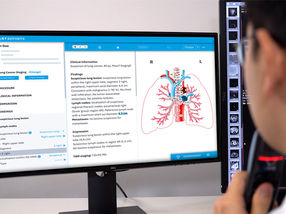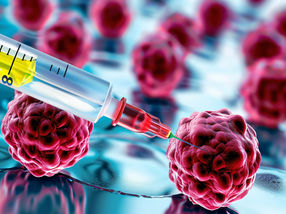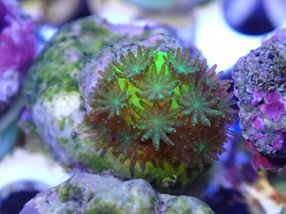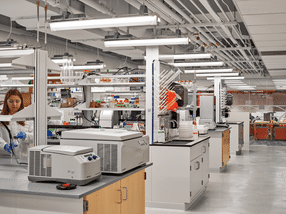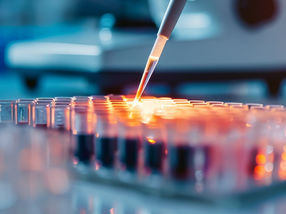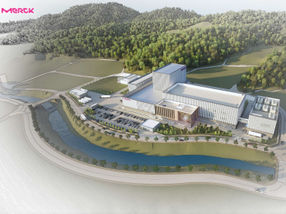How to use wastewater differently?
Emschergenossenschaft and BRAIN are researching potential uses of carbon streams in wastewater through biotechnological processes. This should increase the energy yield and allow special oils for use as high-performance additives in the lubricant industry to be obtained. The joint research program is funded by the German Federal Ministry of Education and Research (BMBF) as part of the strategic alliance ZeroCarbFP (ZeroCarbon Footprint). Alongside its research in the field of wastewater use with the biotechnology company BRAIN, Emschergenossenschaft is the coordinator of this nine-year ongoing alliance, worth 48 million Euros.
Wastewater treatment plants are the largest municipal electricity consumers. For wastewater treatment, an average of 50 kWh of electrical energy per capita is currently required. When converted to the average electricity consumption in the private sector, this corresponds to about 5%. In relative terms, this constitutes a power consumption of around 4.2 TWh/year for all water treatment plants in Germany. To reduce operating costs and conserve resources, wastewater treatment plants rely on techniques which either reduce energy
consumption, or increase internal energy generation.
Within the strategic alliance ZeroCarbFP, the use of carbonrich waste streams for the synthesis of functional biomass is explored. The research program between Emschergenossenschaft and its technology partner BRAIN aims to use carbon-rich wastewater for growing specific oil-forming organisms. The biomass thus obtained can then be used for energy recovery or as a raw material for the production of, for instance, high-performance additives in the lubricant industry. In order to make use of this raw material, synergies within the strategic alliance are utilised, and FUCHS Europe Schmierstoffe GmbH, among others, features as a commercial partner.
The findings obtained to date are very promising. From the wastewater of a specially selected
Emschergenossenschaft treatment plant, certain organisms could be isolated, which were then evaluated by the partners as suitable for further investigation based on their high lipid formation properties. An important criterion in the assessment stage is a lipid formation rate of more than 20% of the dry biomass. In addition to specific bacteria, a number of yeasts and fungi could also be identified as being potential energy and raw
material suppliers.
Most read news
Topics
Organizations
Other news from the department business & finance

Get the life science industry in your inbox
From now on, don't miss a thing: Our newsletter for biotechnology, pharma and life sciences brings you up to date every Tuesday and Thursday. The latest industry news, product highlights and innovations - compact and easy to understand in your inbox. Researched by us so you don't have to.

